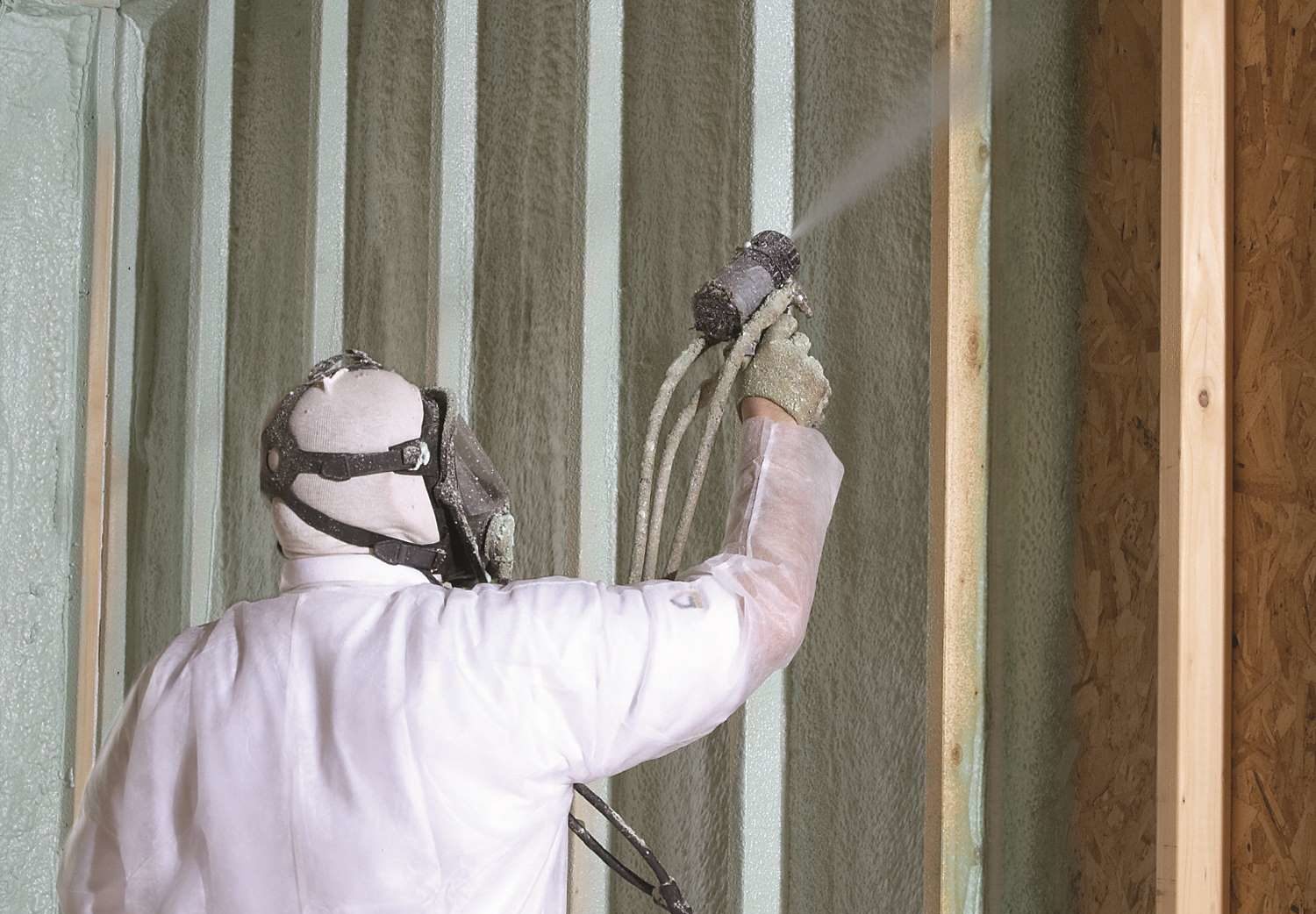External insulation plays a crucial role in enhancing the energy efficiency and thermal performance of buildings. It acts as a protective barrier, reducing heat loss and preventing thermal bridging. With various types of external insulation available in the market, it can be challenging to determine the best option for your specific needs. In this article, we will delve into the different types of external insulation and explore their benefits, drawbacks, and suitability for different applications.
- Expanded Polystyrene (EPS) Insulation:
EPS insulation, commonly known as foam board, is a popular choice due to its excellent thermal insulation properties. It is lightweight, easy to install, and offers high resistance to moisture. EPS insulation is available in different thicknesses, making it suitable for both new constructions and retrofitting. However, it may be susceptible to damage from UV exposure and can release toxic fumes when exposed to fire. - Extruded Polystyrene (XPS) Insulation:
XPS insulation shares similarities with EPS but offers enhanced compressive strength and moisture resistance. It is a closed-cell insulation material, making it highly resistant to water absorption. XPS insulation is commonly used in below-grade applications, such as insulating foundations and basement walls. However, it is more expensive than EPS and has a higher embodied energy. - Mineral Wool Insulation:
Mineral wool, also known as rock wool or stone wool, is a versatile insulation material made from natural minerals such as basalt or diabase. It offers excellent fire resistance, sound absorption, and thermal insulation properties. Mineral wool insulation is available in various forms, including batts, boards, and loose-fill. It is suitable for both external and internal insulation applications. However, mineral wool can be heavier and more challenging to install compared to foam-based insulation materials. - Polyurethane (PUR) and Polyisocyanurate (PIR) Insulation:
Polyurethane and polyisocyanurate insulation are high-performance options known for their exceptional thermal conductivity and insulation properties. They provide excellent energy efficiency and can achieve thinner insulation thicknesses compared to other materials. PUR and PIR insulation boards are lightweight, moisture-resistant, and offer good fire resistance. However, they are more expensive than other insulation types and may emit toxic gases when exposed to fire. - Vacuum Insulation Panels (VIPs):
Vacuum insulation panels offer the highest thermal resistance per unit thickness among all insulation materials. They consist of a core material enclosed in a gas-tight envelope, creating a vacuum with extremely low thermal conductivity. VIPs are ideal for applications where space is limited, such as retrofitting existing buildings or insulating refrigeration units. However, they are costly and require careful handling to maintain the vacuum seal.
Conclusion:
Choosing the best type of external insulation depends on various factors, including budget, application, climate, and building requirements. Each type of insulation has its advantages and limitations. EPS and XPS insulation are cost-effective options suitable for a wide range of applications. Mineral wool insulation provides excellent fire resistance and acoustic properties. PUR and PIR insulation offer high thermal performance but at a higher cost. VIPs are ideal for space-constrained projects. Consider consulting with a professional to assess your specific needs and make an informed decision.

